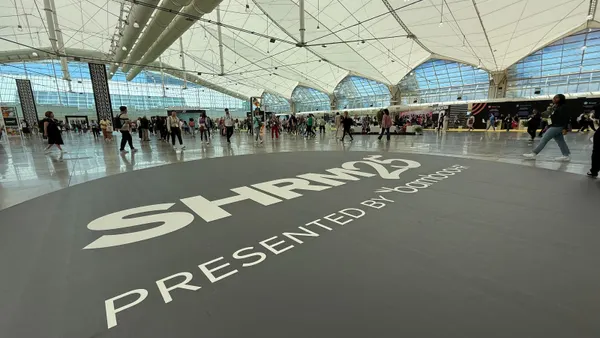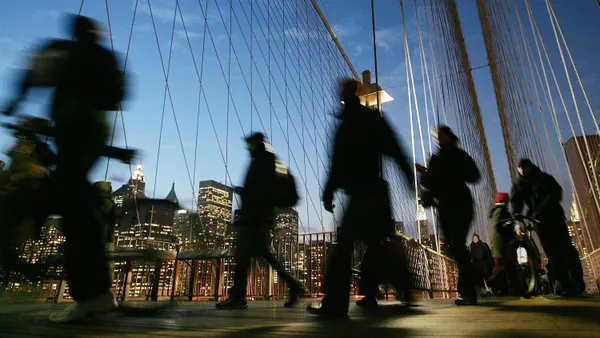Dive Brief:
- Jan. 30 marked the second-ever "National Plan for Vacation Day," according to the Project: Time Off coalition, which organized the event. More than 600 organizations took part in 2017, the first time the event was held, by encouraging employees to plan and use their vacations.
- The coalition, an initiative of the U.S. Travel Association, previously found that U.S. employees left an estimated 662 million vacation days unused in 2016 alone as part of its "The State of American Vacation" report.
- More employees would take vacations if they planned them, Project: Time Off says; more than 51% of workers don't plan their vacations. The coalition added that workers who plan their vacations are more likely to use all their time off, take more than a day off occasionally, and be happier than those workers who don't use their time.
Dive Insight:
Many workers don't take their full allotted vacation time, let alone plan for it. In a 2015 study, Project Time Off said that 40% of workers don't take the time off they're entitled to use. Employees need to get away occasionally from the pressures of work so they can come back revitalized. The time away might help them see their work from a different perspective, which can foster innovation, as well as increase productivity.
Going out on vacation is different from getting away from work. A separate report from Project: Time Off found that nearly half of employees stay electronically plugged into the office while "vacationing." It's a testament to both the pressures faced by modern workers and the pitfalls of burnout, even as the workplace drains employee well-being.
HR should encourage workers to take and actually enjoy their vacation time. Some workplaces are making vacation time mandatory or prohibiting workers from carrying over unused vacation days into later years. But some states have banned "use it or lose it" policies, so be sure to add those rules to your compliance checklist.












